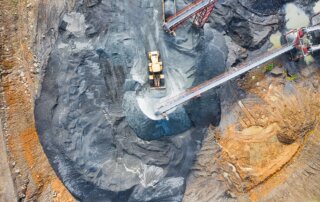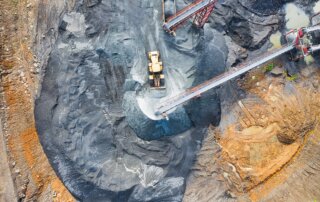a/symmetric: The industrial basics of critical tech
May 25, 2024Why it’s important to control “the thing to make the thing to make the thing to make the thing”
The Risk of China’s Nitrocellulose Advantage – And What the US Defense Industrial Base Can Do About It
May 22, 2024Protracted conflict, as seen in today’s kinetic battlefields, demands sustained munition production. The US defense industrial base – and its allied peers – need to demonstrate to those in Beijing, Tehran, and Moscow that the United States can compete in production and re-supply.
a/symmetric: What critical technologies lists can and can’t tell us
February 17, 2024Critical technologies lists only tell part of the story. They don’t reflect the full scope of the global industrial competition, including low(er)-tech know-how, upstream inputs, market applications that bring sales and profits.
Deglobalization Round-Up: August 5
August 5, 2023The Hong Kong bourse rolls back requirements for disclosing China-related risks, a US Congressional committee investigate Blackrock and MSCI’s routing of American capital to problematic Chinese entities, Maersk forecasts a deep contraction in global trade, and Rome plans to set up a “Made in Italy” fund.
The Week That’s Done: EU economic security, US EVs head to China
June 27, 2023Europe tries a difficult economic security balancing act—while simultaneously deepening ties with China in strategic sectors. Meanwhile, CATL goes upstream into lithium, Middle Eastern state firms go downstream into EVs, and foreign carmakers head to China. Plus: can spin-offs brush off geopolitical risk?
The US is Vulnerable in Critical Minerals. But There Is a Solution.
February 26, 2023The US is at least 50 percent import dependent for 26 out of the 32 minerals that the 2022 US Geological Survey publishes data on, or 81.25 percent. Of those, China is the top source of US imports for 11, or 42.3 percent. Gallium underscores how severe this dynamic is.
The US Is Vulnerable in Critical Minerals. But There Is a Solution.
October 24, 2022The US is at least 50 percent import dependent for 26 out of the 32 minerals that the 2022 US Geological Survey publishes data on, or 81.25 percent. Of those, China is the top source of US imports for 11, or 42.3 percent. Gallium underscores how severe this dynamic is.
A Secure Industrial Strategy Starts at the Upstream
July 26, 2022In everything from batteries to solar panels, the energy sources of tomorrow depend on inputs from China. The good news is that it it's not too late. The US, its allies, and its partners can still compete. But they will have to start with the upstream.















